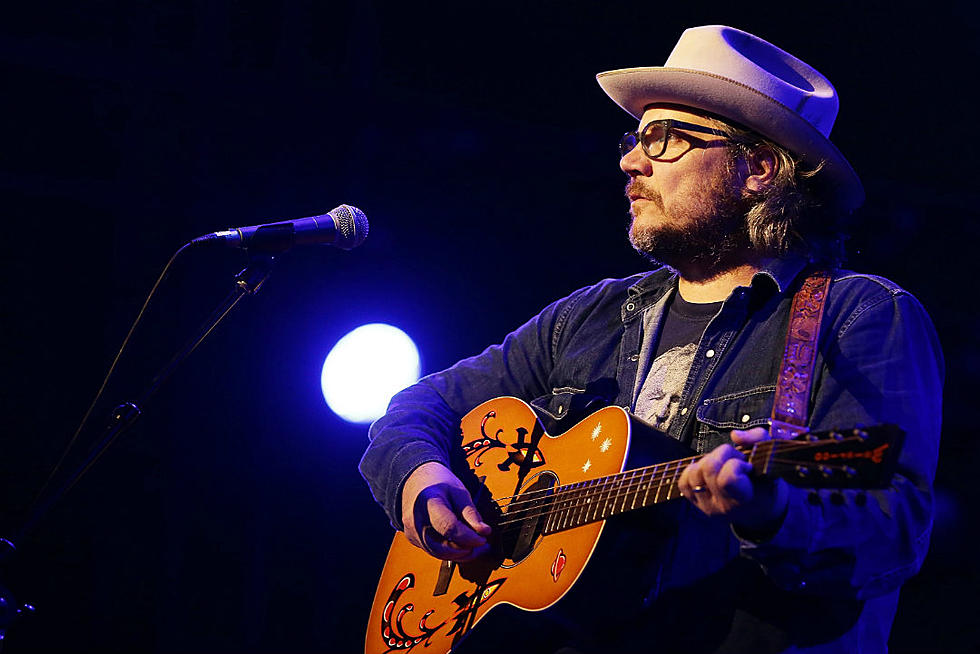
Yo La Tengo’s ‘And Then Nothing Turned Itself Inside-Out’ – A Look Back at an Indie-Rock Classic
Following their trilogy of ‘90s classics, Yo La Tengo entered the new millennium with a new record and a new direction. Starting with 1993’s ‘Painful’ and continuing through ‘Electr-O-Pura’ (’95) and ending up with ‘I Can Hear the Heart Beating as One’ (’97), the New Jersey trio shaped their artfully sculpted indie rock into gorgeous, and often thorny, works that bridged head and heart. On ‘And Then Nothing Turned Itself Inside-Out,’ they went straight for the heart.
Unplugging and opening up their personal lives for all to hear, singer-songwriters Ira Kaplan and Georgia Hubley, who are married, paint a picture of domestic bliss on one of their most relaxed and playful albums. ‘And Then Nothing Turned Itself Inside-Out’ also marks the start of a new period of turning down the volume and tearing down the noise-rock cover the group hid behind for 15 years.
Still, the record is a mixed bag of music. It opens with the lovely, elegiac ‘Everyday,’ which slowly builds over six minutes into a sort of a celestial hymn. Midway through, Yo La Tengo toss in a laidback cover of ‘You Can Have It All,’ which was originally recorded by R&B singer George McCrae in 1974. And then they end the whole thing with the nearly 18-minute ‘Night Falls on Hoboken,’ a sprawling set piece that sums up the album, the band and their frame of mind in 2000.
Like most of Yo La Tengo’s albums, ‘And Then Nothing Turned Itself Inside-Out’ didn’t make too many waves outside of their usual but growing fan base. But it was their first charting LP, debuting at No. 138 before disappearing two weeks later. And it ushered in more nuanced records by the band, whose latest album, ‘Fade,’ sounds like a delayed sequel at times. More importantly, the album proved that art doesn’t always stem from frustration. Sometimes, total happiness yields great results too.
Listen to Yo La Tengo's 'You Can Have It All'
More From Diffuser.fm









